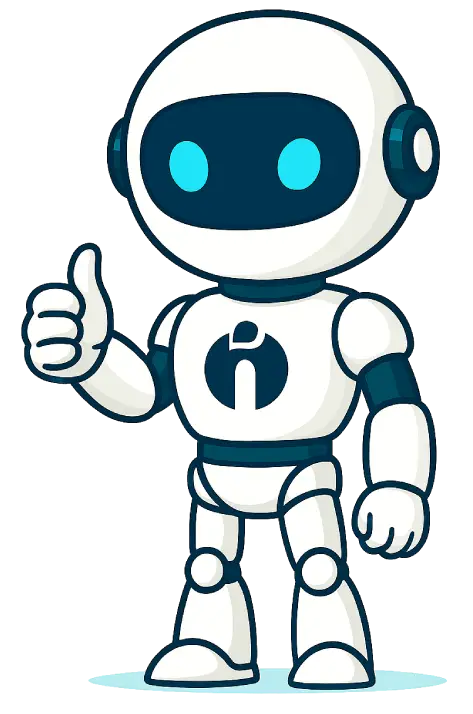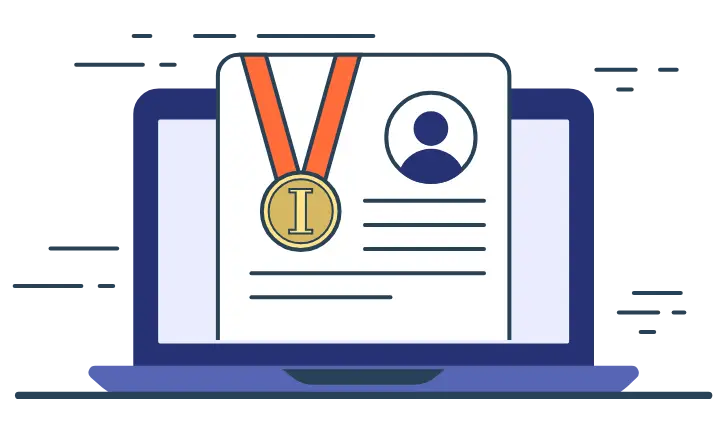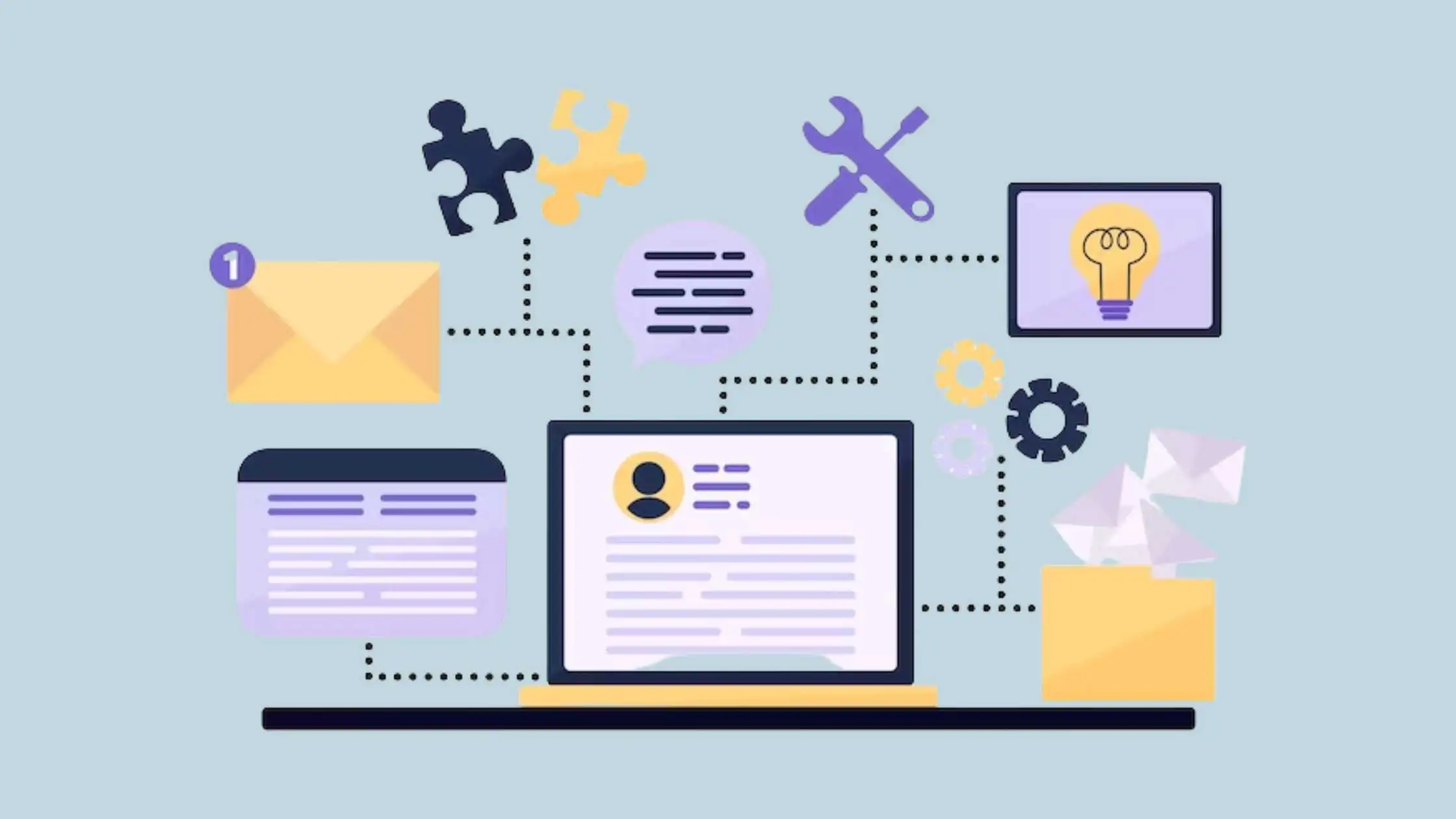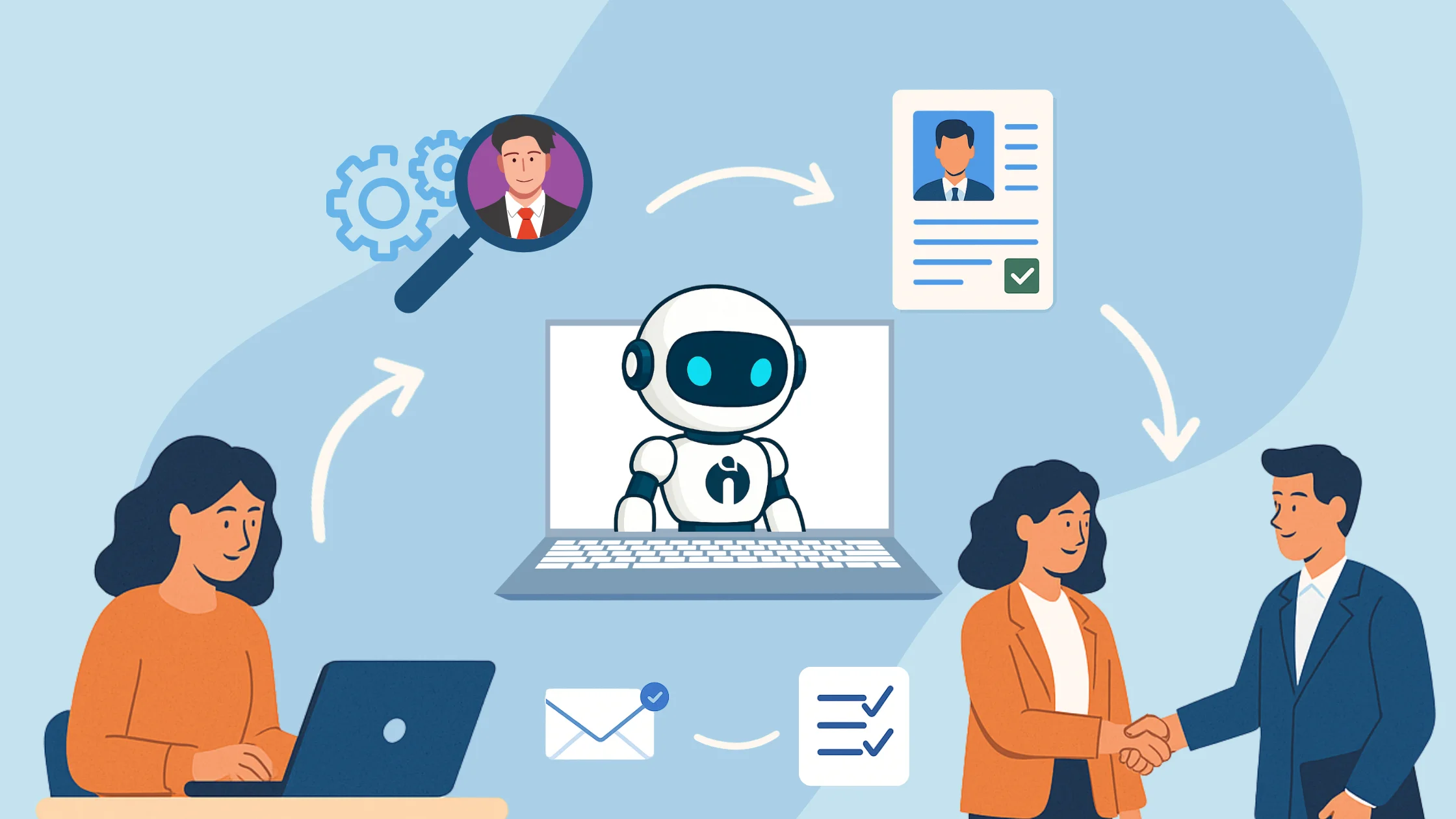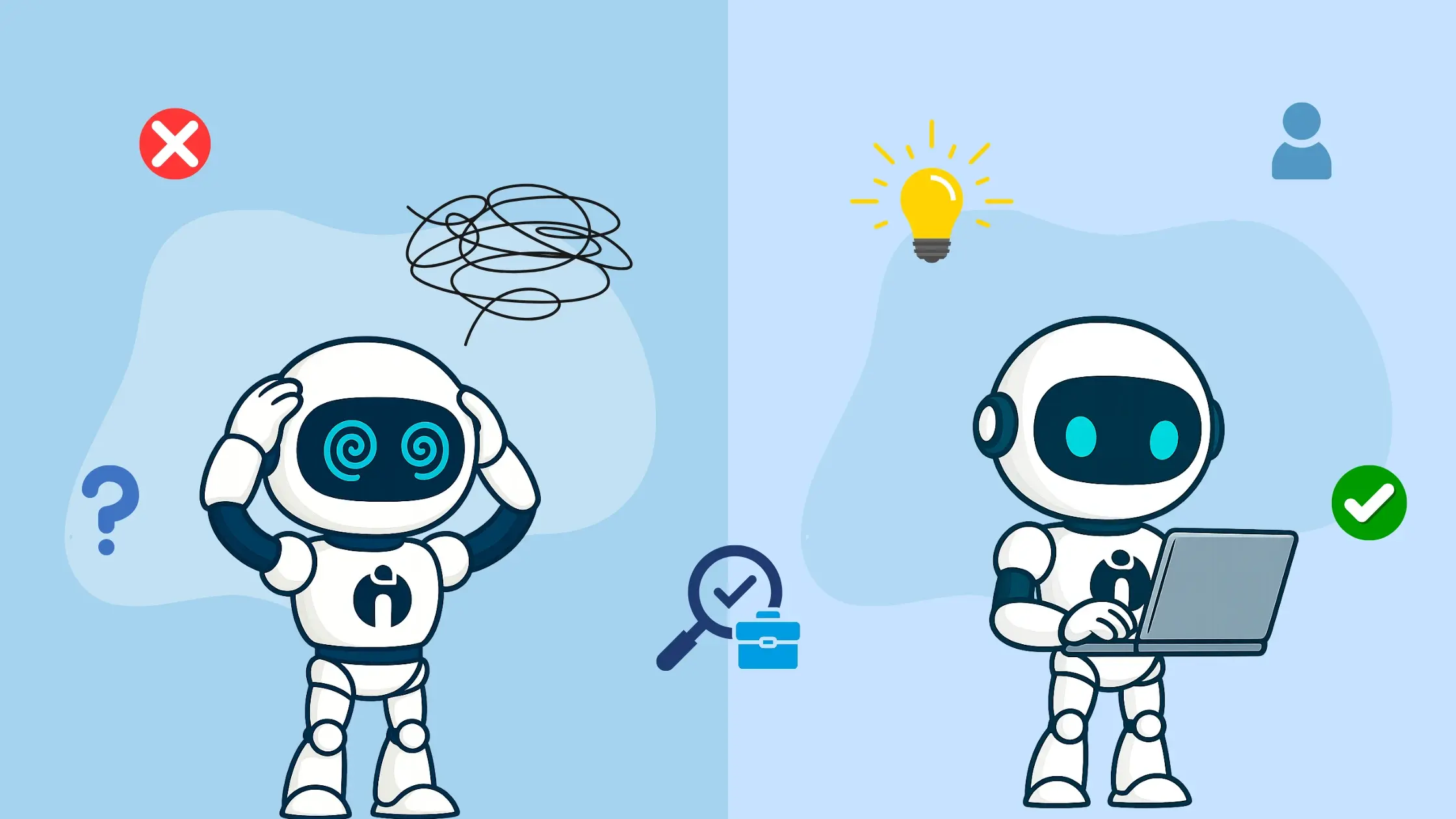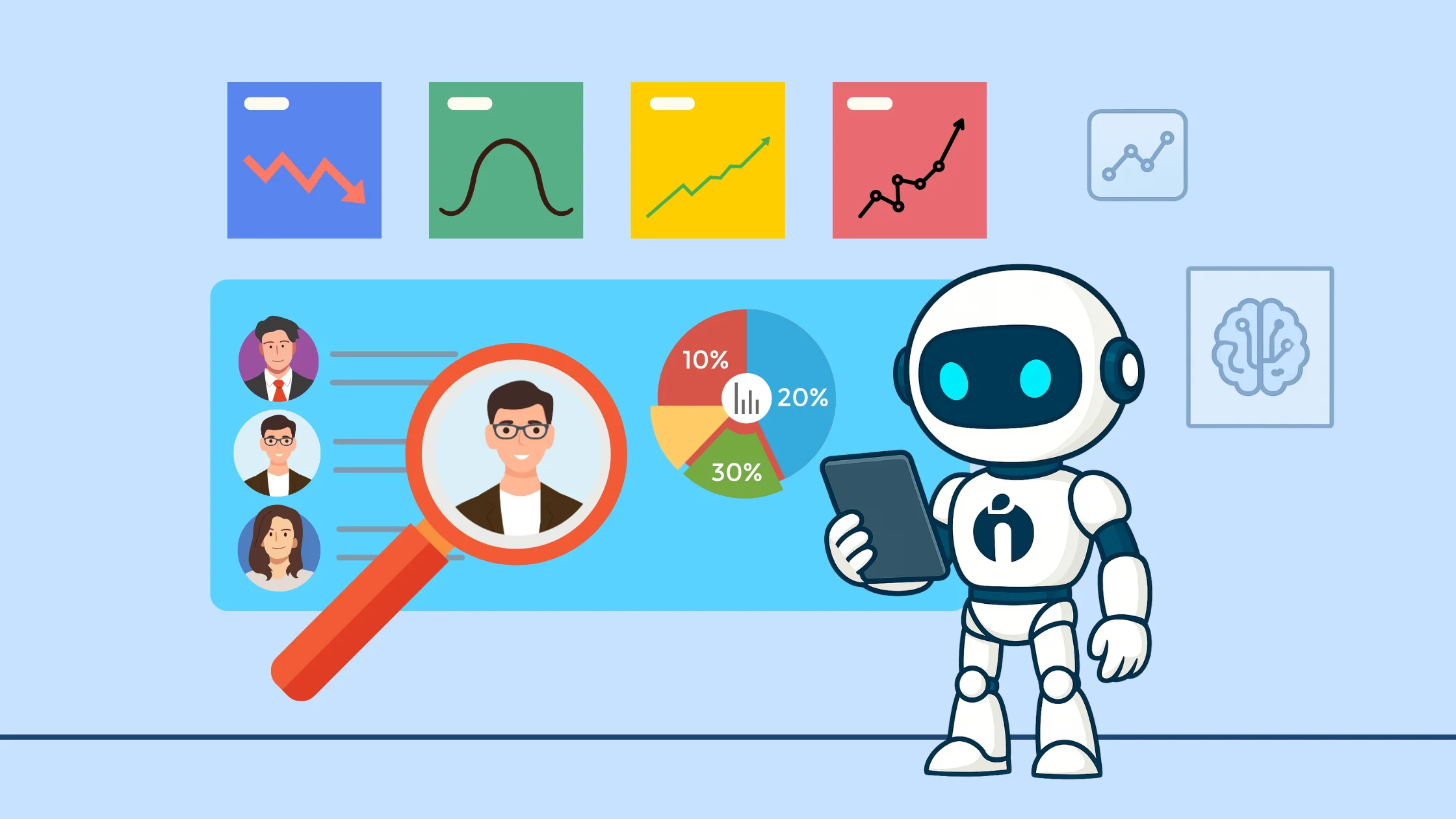TL;DR
- Talent Acquisition Software streamlines recruitment, reduces hiring time, and improves candidate quality.
- Successful implementation requires defining needs, budgeting, and choosing the right software.
- Training, integration with existing systems, and leveraging AI features are crucial for maximising benefits.
- Monitoring performance and ensuring compliance with data security laws are essential post-implementation steps.
Recruiting the right talent is a critical process for any organisation, and leveraging technology can significantly enhance efficiency. Implement Talent Acquisition Software strategically to streamline recruitment, reduce hiring time, and improve candidate quality. However, successful implementation requires careful planning, training, and alignment with company goals. In this guide, we will explore the steps to adopt and integrate Talent Acquisition Software effectively.
What is Talent Acquisition Software, and Why is it Used?
Talent Acquisition Software is a digital solution designed to assist HR professionals and recruiters in sourcing, tracking, and hiring candidates. It automates various recruitment tasks, enhances collaboration, and ensures a seamless hiring experience. According to a 2025 industry report, over 78% of recruiters believe that AI-powered talent acquisition tools enhance decision-making and reduce bias in hiring. [Source: Zenithr]
HR teams and recruiters use this software to:
- Simplify the hiring process with automated workflows.
- Improve candidate sourcing through AI-driven insights.
- Enhance collaboration between hiring managers and teams.
- Maintain compliance with hiring regulations.
- Reduce hiring costs and time-to-fill positions.
- Improve candidate experience with streamlined communication.
It is clear that a recruitment programme will enable you to hire the top candidates quickly and affordably. However, before counting on the gains, you must choose the right recruitment technology.
If you don’t know how here are the steps to implement Talent Acquisition Software for hiring managers and talent acquisition professionals.
9 Steps to Implement Talent Acquisition Software
1. Define Your Recruitment Needs
Before implementing a talent acquisition system, assess your company’s hiring needs. Identify pain points in the current process and set clear goals. Whether you want to improve candidate sourcing, automate interview scheduling, or enhance reporting, understanding these requirements will help you select the right software.
2. Determine Your Budget and Pricing Considerations
The cost of Talent Acquisition Software varies depending on features, scalability, and vendor pricing models. Common pricing structures include:
- Subscription-Based Pricing: Monthly or annual plans, often tiered based on the number of users or job postings.
- Pay-Per-Hire Model: Charges based on successful hires made using the software.
- Enterprise Licensing: Custom pricing for large organisations requiring advanced features and integrations.
- Freemium Models: Basic features are available for free, with premium upgrades for additional functionality.
The pricing can range from £50 to £500 per month for small businesses, while enterprise solutions can exceed £10,000 per year. It is essential to compare different providers, request demos, and evaluate the return on investment before making a decision.
3. Choose the Right Talent Acquisition Software
Selecting the right software is crucial for success. Consider the following factors:
- AI Talent Acquisition Software capabilities for smart candidate matching.
- Integration with existing HR tools and ATS systems.
- Customisation options for specific recruitment needs.
- User-friendly interface and scalability.
- Compliance with data protection laws and recruitment regulations.
4. Develop an Implementation Plan
A structured implementation plan ensures smooth adoption. The plan should include:
- Setting a timeline with key milestones.
- Assigning roles and responsibilities within the HR team.
- Allocating a budget for training and software deployment.
- Ensuring technical compatibility with existing HR systems.
5. Provide Training and Support to Your Team
User adoption is critical to maximising the benefits of Talent Acquisition Software. Conduct training sessions to familiarise recruiters with the platform. Offer continuous support through manuals, webinars, and on-demand assistance to resolve any challenges during usage.
6. Integrate with Existing HR Systems
For seamless operations, integrate the talent acquisition system with your existing HR tools, such as payroll, employee management, and applicant tracking systems (ATS). This integration minimises duplicate data entry and enhances efficiency.
7. Leverage AI and Automation Features
Modern AI Talent Acquisition Software provides automation tools such as:
- Resume screening with AI-powered filters.
- Chatbots for candidate engagement.
- Predictive analytics for hiring trends.
- Automated interview scheduling and reminders.
These features not only enhance efficiency but also improve the overall candidate experience.
8. Monitor Performance and Make Adjustments
Track key performance metrics such as time-to-hire, cost-per-hire, and candidate quality to evaluate the software’s impact. Regularly assess feedback from recruiters and hiring managers to make necessary adjustments for better outcomes.
9. Ensure Compliance and Data Security
Adopting Talent Acquisition Software requires adherence to data privacy regulations. Ensure that the software complies with GDPR, CCPA, or other applicable laws. Secure candidate data by implementing role-based access controls and encryption measures.
Why iSmartRecruit Talent Acquisition Software?
iSmartRecruit is a leading Talent Acquisition Software designed to enhance recruitment efficiency and deliver superior hiring outcomes. Its AI-driven approach streamlines sourcing, automates workflows, and ensures a personalised candidate experience. Key benefits of choosing iSmartRecruit include:
- AI-Powered Talent Matching: Leverages machine learning to identify the best-fit candidates.
- Customisable Workflows: Tailored to specific organisational hiring needs.
- Seamless Integration: Connects with existing HR tools and ATS platforms.
- Advanced Analytics: Provides real-time insights into recruitment performance.
- Automated Communication: Enhances candidate engagement with chatbots and email automation.
- Compliance and Security: Ensures data privacy and adherence to legal regulations.
Conclusion
Successfully implementing Talent Acquisition Software can revolutionise the hiring process by enhancing efficiency, improving candidate quality, and reducing recruitment costs. By selecting the right software, training the team, integrating AI tools, and continuously monitoring performance, organisations can gain a competitive edge in acquiring top talent. Investing in the right talent acquisition system today will ensure a streamlined and effective hiring process in the future.
FAQs - Frequently Asked Questions
What are the main benefits of using Talent Acquisition Software?
Talent Acquisition Software helps streamline recruitment, reduces hiring time, and improves candidate quality. It also automates many processes, making hiring more efficient for HR teams and improving candidate experience.
How does iSmartRecruit enhance the hiring process?
iSmartRecruit uses AI-powered tools to match candidates smartly, automates workflows, and offers real-time analytics. This results in better hiring decisions and a more personalised experience for candidates and recruiters alike.
What steps should be taken before implementing Talent Acquisition Software?
Before adoption, companies should define hiring needs, set a budget, choose the right software, and develop a clear implementation plan. Training the team and ensuring system integration are also vital for success.
Is it important to monitor software performance after implementation?
Yes, tracking key metrics like time-to-hire and candidate quality helps organisations adjust their strategies. Regular feedback ensures the software continues to meet recruitment goals effectively.


